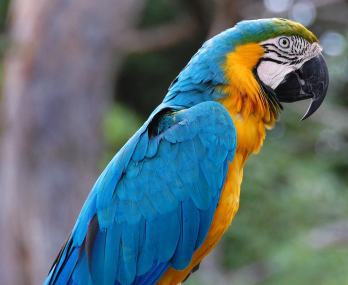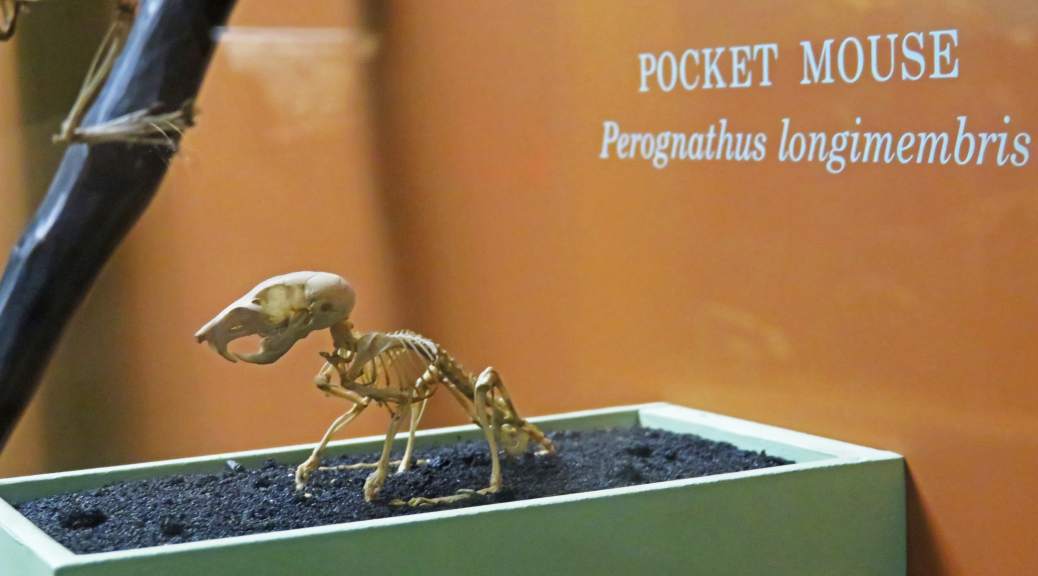All known living beings have names that allow us to recognize and classify them. However, only scientific names are valid for scientific purposes. Who does assign these names? Has it been always done the same way? And the most important: is there any rule when assigning a name to an organism?
Previously in All you need is Biology, we talked you about classification and phylogeny of organisms. Now, we bring you the answers to all these questions about nomenclature and taxonomy. Keep reading and you will discover some curiosities!
The value of scientific names
If someone asks us what a dog or a cat is, of course all of us will know the answer. However, these names are not useful from a scientific point of view (despite biologist use them assiduously), especially when making studies and publishing papers. Common names (such as ‘dog’ or ‘cat’) are not constant: every language, every country, even every region, has their own terms to refer to their organisms. Even sometimes they change through time or are used to appoint different organisms (e.g. the red panda, which is near to mustelids, and the giant panda, a bear, don’t belong to the same family despite being called pandas).
As you see, using only common names in science could put you in trouble. If someone publish that has performed a study about reproduction of macaw populations, we could not know of which species they are talking about; the common name of this bird varies among some countries; moreover, there exist different species of macaws. Thus, the study does not make sense without context.
So, the use of scientific names in science is very important: they are constant worldwide (we avoid translation problems) and refer only to one organism with no ambiguity.
Currently, designation of scientific names follows the binomial nomenclature, that is, a scientific name of a species is composed by two terms: the genus (an upper level of classification than the species) and the specific epithet or name (and not the species, as some people tend to confuse). While the first term has validity by its own, the second one only has it if is preceded by the genus.
Thus, and keeping with the example above, the macaws from this study actually belong to the genus Ara, but there are different related species of macaws belonging this genus (Ara ararauna, Ara glaucogularis, Ara militaris…).

However, how has the way biologists assign names changed through the time?
Linné, the father of binomial nomenclature
For a long time, biologists have tried to classify and give names to every living being they discover. The science of defining and naming groups of organisms according to their shared features is known as taxonomy.
In the beginning, there was not a clear consensus for naming the species. For the first ‘taxonomists’ it was of a big importance to classify and identify poisonous and medical plants, of which there are ancient documents wrote by Egyptians more than 3000 years ago.
The first person who started to formally classify organisms was Aristotle (384-322 AC). He was the first to differentiate between animals and plants, besides starting the classification of organisms according to their ‘parts’: four legs, warm body, etc.
During the Middle Age and the beginning of the Modern Age, most of scientists followed the Aristotle’s system of classification. Thanks to the improving of observing tools, such as the development of the first optical lenses during XVI and XVII centuries, some biologists started to improve their descriptions, and eventually abandoned this system.
However, among taxonomist still didn’t exist a formal consensus for assigning names. Before the instauration of the binomial system, species were named with a term (the genus) followed by a specific epithet or name composed by one or more words which described the species. This system, known as polynomial system, gave room to really long names such as ‘Plantago foliis ovato-lanceolatus pubescentibus, spica cylindrica, scapo tereti‘. Of course, this was not an optimum system.
During XVI and XVII centuries, Caspar Bauhin made the firt steps to simplify this system, sometimes shortening species names to just two terms. However, it was the Swedish botanical Carl von Linné (or Carolus Linnaeus) who formalized the use of the binomial nomenclature in his publication Species Plantarum (1753). Since then, species were given a name composed only by two terms: the genus and a trivial name designated by its descriptor; e.g., Panthera tigris (tiger).

The establishment of this system was favored by three reasons:
- Its economy: there are needed only two words to identify a species with no error.
- Its diffusion and general use by scientists, who standardize them and promote their use.
- Its stability: scientists try to preserve the original name of an organism even if its classification changes through time.
How to name an organism: the nomenclature codes
Taxonomy and nomenclature are two different but inseparable concepts. While taxonomy is the science of describing and classifying organisms, nomenclature is the tool that allows taxonomists to assign names to those organisms.
In 1758, Linné stated the basis for an objective classification of species in the 10th edition of one of his most famous publications, Sistema Naturae:
- Each species must have an own scientific name, unique and universal.
- When a species is given more than one name by different scientists, the oldest one must prevail.
- Scientific names are composed by two Latin or Greek terms: the first one corresponds to the genus and the second one, to the species belonging this genus.
- The first letter of the genus must be written in upper case, while the specific epithet or names must be written in lower case. Moreover, both terms must be written in italic or underlined.

Nomenclature has been getting more and more complex over the years. Nowadays, there are international codes of nomenclature for every group of organisms, like the ICZN (International Code of Zoological Nomenclature) or the ICN (International Code of Nomenclature for algae, fungi, and plants), amongst others. Taxonomist from each branch must obey their own codes when naming an organism.
Two of the most important rules when giving a name are the validity and the availability of the name. Let’s imagine we discover a new species of wasp of the genus Polistes: in one hand, the name (Polistes x) must be available, that is, it must accomplish the needed requirements to be assigned to our species. These requirements are gathered in the international codes, which are based on the Linné’s criteria. Moreover, a name is available when it is accompanied by a formal (published) description. Availability of a name can change under certain circumstances; e.g., a name considered unavailable can be available again if is republished following the code’s criteria.
In the other hand, a name must be valid, that is, it must have not been used to designate another organism, or considered invalid. For example, two taxonomists one before the other describe the same species and give it different names; in this case, the valid name would be the oldest one, so the second one would become a junior synonym according to the priority principle, thus getting invalid for its use.
When giving names gets out of hand…or not
Usually, when giving name to a species taxonomists get inspired by specific features of the organism (Dosidicus gigas (giant squid)), its native location (Synergus mexicanus (gall wasp from Mexico)) or in honor to relatives or other scientists.
However, nomenclatural world is full of curiosities, from scientists that give extravagant names to their species to the ones that get inspired by their favorite characters or TV shows:
- There exists a genus of moths called La (by Bleszynski, 1966). Its ambiguity with the feminine article ‘La’ in Spanish (‘the’ in English) makes search engines go crazy. Moreover, some of the species belonging this genus were given names like La cerveza, La cucaracha or La paloma (literally, ‘The beer’, ‘The cockroach’ and ‘The dove’ in Spanish, respectively).
- While some taxonomists give species short names, others prefer them longer: Gammaracanthuskytodermogammarus, Rhodophthalmokytodermogammarus and Siemienkiewicziechinogammarus are genera of amphipods from the Baikal lake given by the naturalist Dybowski. For sure he had much fun with this!
- During a long time, it was a common practice to use specific epithets and names to insult other scientists (e.g. stupidus). Fortunately, this is currently prohibited.
- Abra cadabra, Aha ha, Attenborosaurus (dinosaur genus given after the naturalist David Attenborough), Acledra nazgul, Desmia mordor (in honor to the Lord of the Rings), amongst others.
It is important to note that the international codes try to avoid this kind of names; but it is still funny! If you haven’t had enough, take a look to this list. It will not disappoint you!
. . .
Do you still think naming an organism is an easy task?
References
- International Commission of Zoological Nomenclature website (ICZN): http://iczn.org/.
- International Association of Plants Taxonomy website (IAPT): http://www.iapt-taxon.org/pages/nomenclature
- International Commission of Taxonomy of Viruse website: https://talk.ictvonline.org/information/w/ictv-information/383/ictv-code
- International Commission of Systematic of Procariotes website: http://www.the-icsp.org/bacterial-code
- Doug Yanega’s personal website, senior researcher of the entomological research museum of the University of California, with its list of curious names: http://cache.ucr.edu/~heraty/yanega.html
Main picture property of Irene Lobato Vila (author of this post) took at the Smithsonian’s National Museum of Natural History (Washington D.C., EUA).



About the same you can find in Dutch language on the website: http://www.insectconsultancy.nl